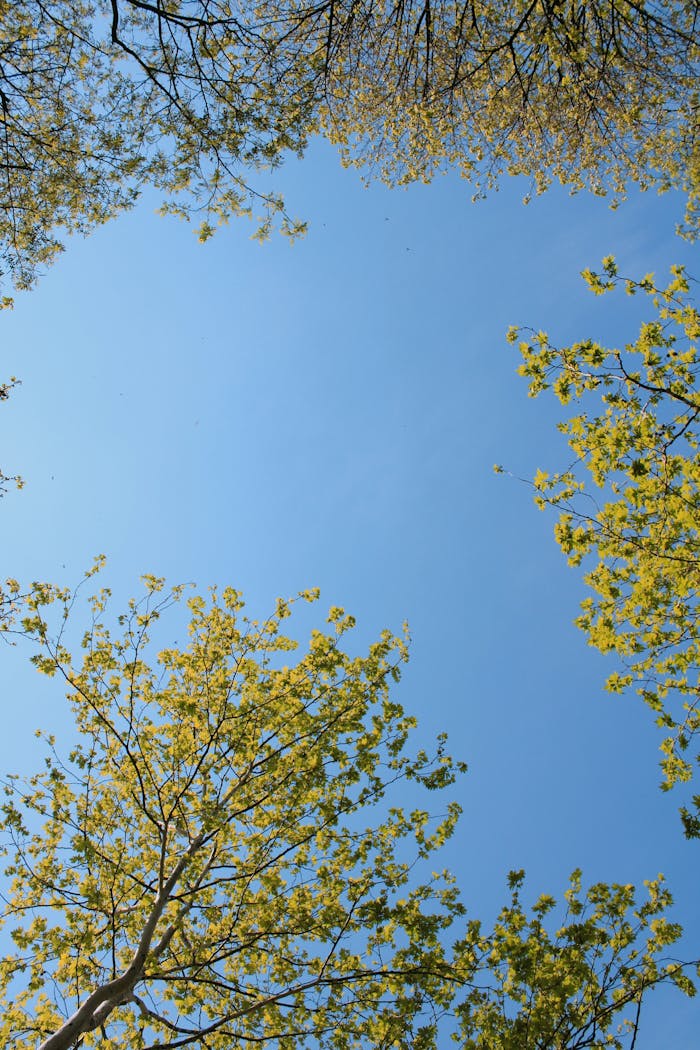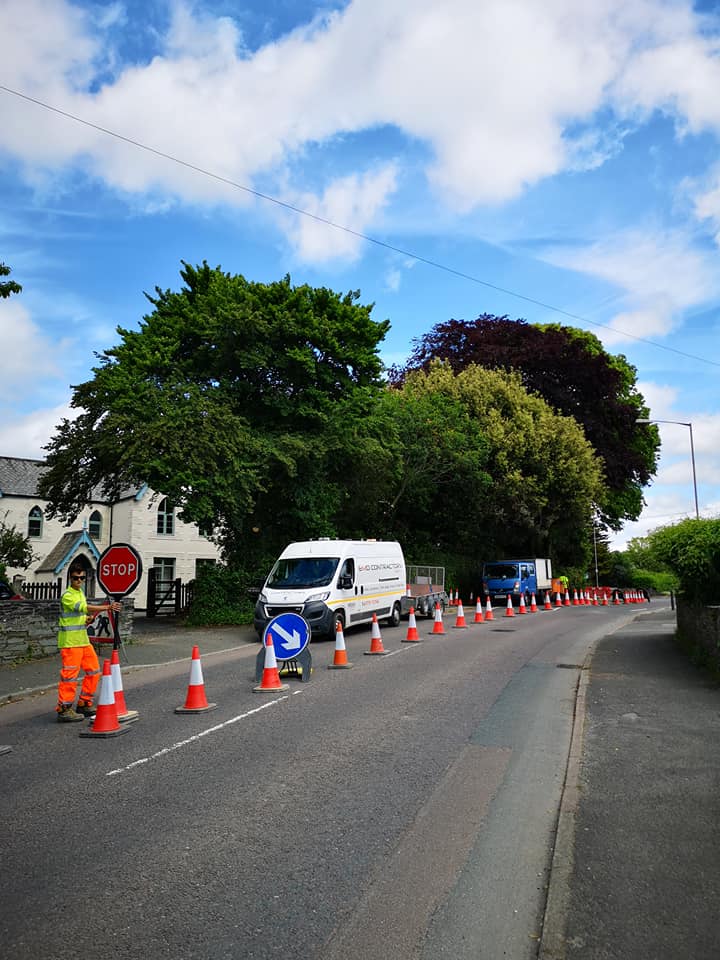SOMETIMES, REMOVING A TREE IS AN ACT OF CARE
Now, I’ll be honest—cutting down a tree is never my first choice. I’ve planted more trees than I’ve ever felled, and I’d be happy to keep it that way. But sometimes, removing a tree is the safest and kindest decision—for the tree, the garden, and the people nearby.
This post isn’t about scare tactics. It’s about being responsible and thoughtful when it comes to trees that are no longer safe, suitable, or saveable.
SIGNS A TREE MAY NEED TO BE REMOVED
1. Structural Instability or Major Decay
A tree that’s hollowed out, heavily leaning, or has major root damage can become dangerous—especially in high winds. If it poses a risk to people or property, removal may be the safest path.
2. Serious Disease or Irreversible Decline
Some diseases, like ash dieback, sadly have no cure. In advanced stages, a once-beautiful tree may decline rapidly, becoming unsafe and unable to recover.
3. Poor Placement or Overcrowding
Sometimes trees grow in the wrong place—too close to foundations, overhead lines, or simply choking out other plants. Strategic removal can benefit the rest of your garden.
REMOVAL ISN’T DEFEAT—IT’S A FORM OF RESPECT
Removing a tree doesn’t mean you’ve failed it. Sometimes, it’s simply part of the tree’s natural cycle. Done properly, with care and respect, it makes room for new life—whether that’s replanting, building, or letting more light into a shaded garden.
If you’ve got a tree you’re unsure about, I’m happy to talk it through. No sales pitch. Just honest advice, from someone who cares deeply about trees—and the people who live beside them.



